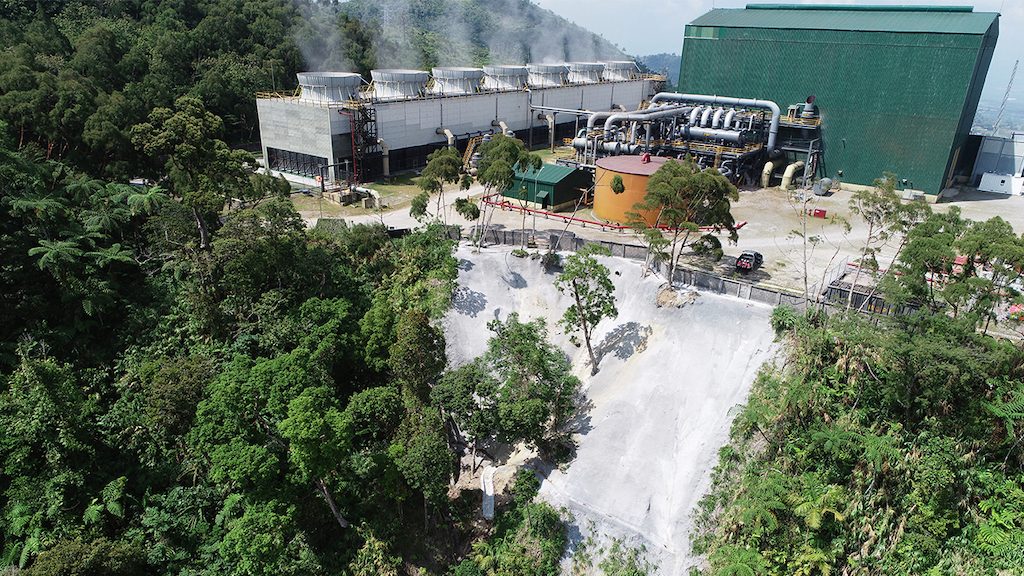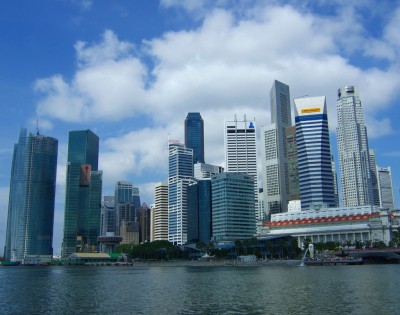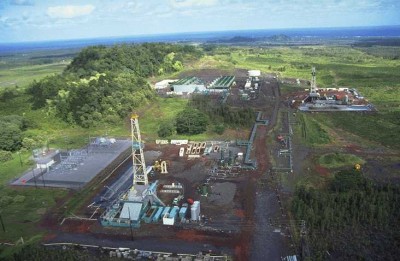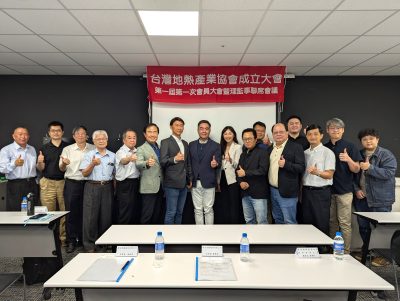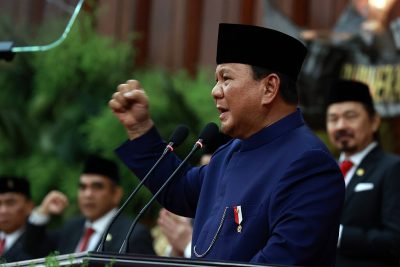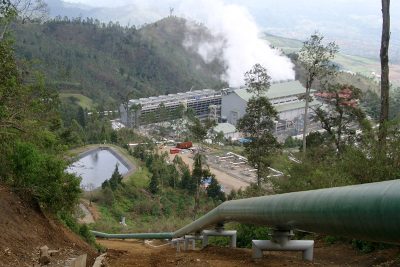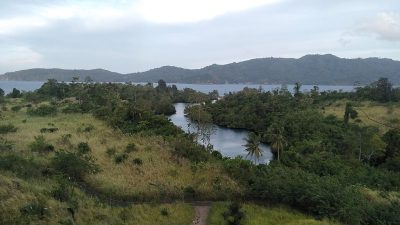Philippines DOE plans tender for geothermal and hydropower projects by April 2021
The Philippines Department of Energy has released a list of five geothermal projects with a combined potential power generation capacity of 87 MW that will be part of a tender planned for April 2021.
The Philippines’ Department of Energy (DoE) has announced it targets the award of the contacts for geothermal and hydropower projects under the third round of its open competitive selection and bidding process, or OCSP3, by April 14, 2021.
The Department of Energy (DOE), through the Renewable Energy Management Bureau (REMB), conducted a Launching and Pre-Submission Conference on January 5, 2021 to kick-off the start of the 3rd Open and Competitive Selection Process (OCSP3) that will further accelerate the development of renewable energy (RE) in the country.
Under the OCSP3, a total of 22 Pre-Determined Areas (PDAs) covering potential geothermal and hydropower resources have been identified and were presented to the various stakeholders during the launching to the various stakeholders. These PDAs comprising of 17 potential hydro projects and five geothermal projects have a total potential capacity of about 150 MW and will be offered to qualified RE Developers deemed qualified based on the criteria set by the DOE. The PDAs have sufficient available technical data to serve as initial reference by those who are interested to acquire rights to develop the RE resources.
DOE has released the following list of five geothermal projects:
- Daklan Geothermal Project – high temperature system – potential capacity of 27 MW
- Itogon Geothermal Project – high temperature system – potential capacity of 9 MW
- Puting Lupa Geothermal Project – Intermediate temperature system – potential capacity of 17 MW
- Maricaban Island Geothermal Project – intermediate temperature system – potential capacity of 4 MW
- Mt. Labo Geothermal Project – high temperature system – potential capacity of 30 MW
In his opening remarks, Assistant Secretary Robert B. Uy thanked the participants for their interest and indicated that OCSP3 is one of the many initiatives of the DOE that would help unlock the country’s RE potentials.
“We have obtained encouraging results from the series of online stakeholders’ consultation we undertook in July 2020 and that we are very optimistic in this OCSP 3,” Assistant Secretary Uy said. He further expressed hope that OCSP3 will replicate the successful conduct of the OCSP2.
Meanwhile, Undersecretary Emmanuel P. Juaneza reiterated the DOE’s commitment to encourage and promote the exploration, development and utilization of the country’s RE resources.
“Secretary Cusi himself reiterated the commitment to promote our renewable energy, with the hope that in time, renewables will figure prominently in the country’s energy future,” Undersecretary Juaneza said, adding that the recent declaration of a moratorium on endorsements for greenfield coal power projects is a manifestation of the DOE vision for energy future.
Yesterday’s event was attended by 114 participants composed of various stakeholders, interested bidders, Local Government Units (LGUs) and National Government Agencies.
Based on the timelines, the last day of submission of bid documents will be on 15 February 2021 and followed by the opening of the said documents. Target contract awarding for non-Financial and Technical Assistance (FTAA) projects will be on April 14, 2021 while those covered by the FTAA will be endorsed to the Office of the President for approval by April 19, 2021.
In closing, the DOE highlighted the many opportunities that await the RE Investors considering that all policies to support the market for RE are now in place and implemented such as the Renewable Portfolio Standards (RPS), Green Energy Option Program (GEOP), the Enhanced Net Metering and the RE Market establishment.
Source: DOE
